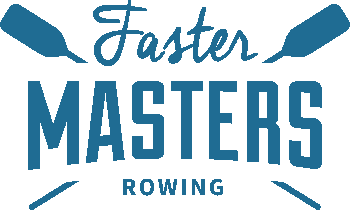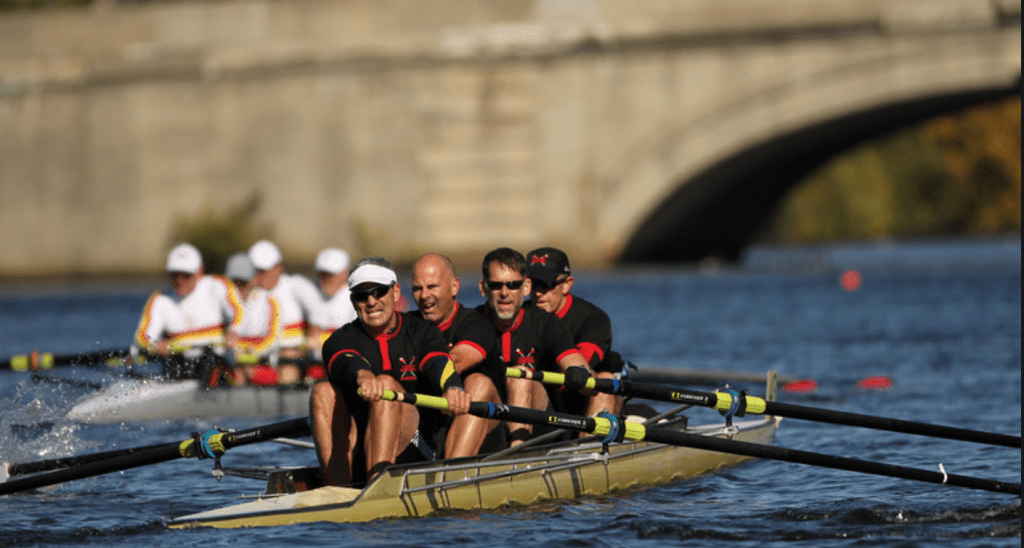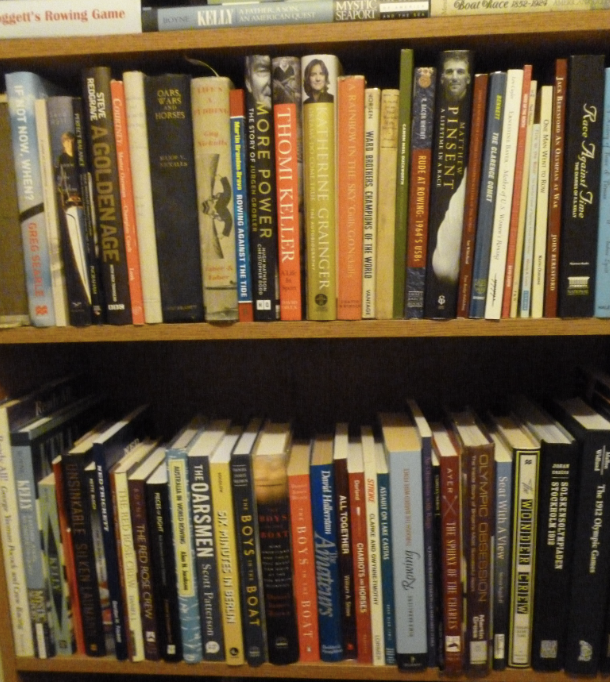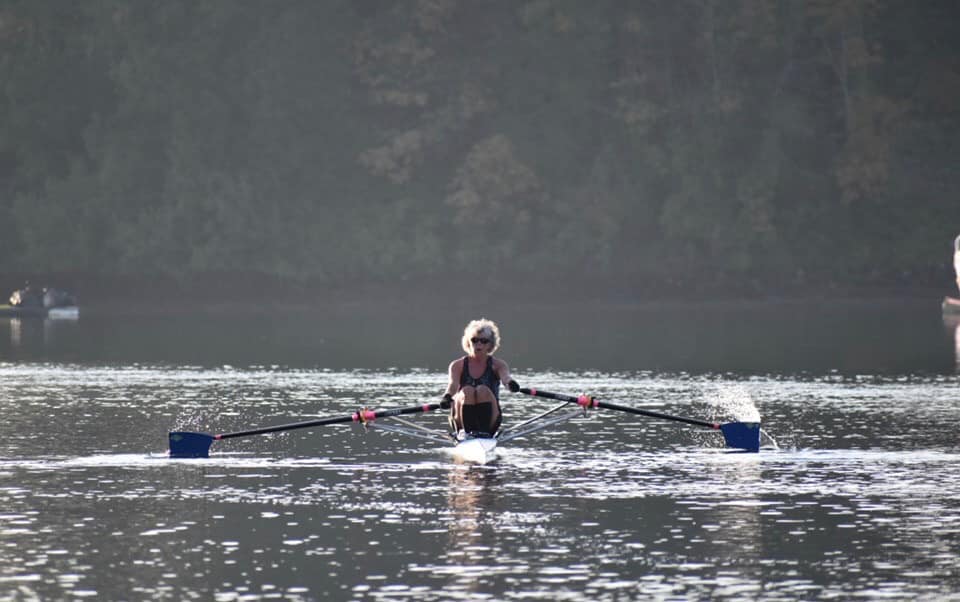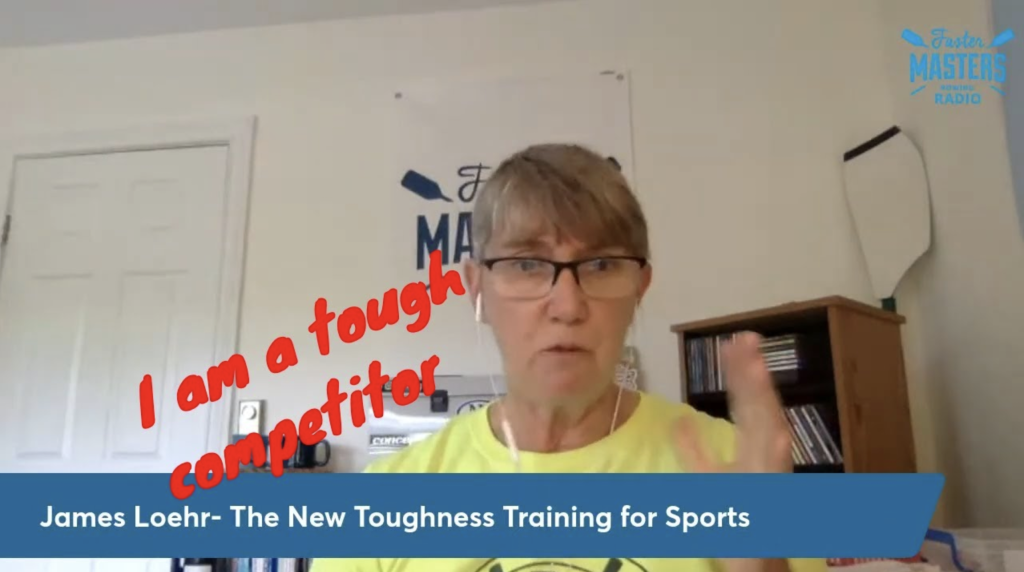Self-diagnosis as a coaching tool

How to improve your rowing using self-diagnosis coaching and progressive drills.
Timestamps
00:45 A powerful coaching tool for both coaches and athletes.
Masters rowers like autonomy. Enabling the athlete to work things out for themselves facilitates mastery in a self-directed environment. The change is more likely to stick.
Canada research by Derrik Motz, University of Ottawa on athlete coach relationship Coaching Masters Athletes – Advancing Research & Practice in Adult Sport
If you don’t have regular coaching, this is a tool to try.
02:00 Start with a model of good rowing
This has to have common understanding across your group. The rowing stroke cycle diagram is a good place to start.
Where your rowing goes wrong – an example of a boat going “wonky” which was caused by the athletes stamping hard on the foot stretcher.
04:00 Progressive movements
Start by working out when you do not have the problem. In this case increase the pressure progressively from 60% pressure, 70% etc and work out when the issue started to happen. Discuss this with your crew about the cause of the problem. Then decide what fixes the problem? Can you make the change in 1 stroke?
- identify the problem is happening
- what to do to fix it
- fix it in as few strokes as possible
- row in the new way so the problem doesn’t occur
06:15 An example from sweep rowing – balancing the boat
The boat is balanced generally when the oars are under the water and the imbalance occurs on the recovery when the oars are out of the water. Our model of good rowing has the boat balanced throughout the stroke cycle.
Is the boat balanced as the oars come out of the water? Yes. Is it still balanced when we get our arms straight / body rock forwards / roll up the slide. Work out where the problem starts to happen and then decide what to do to effect a change. The cause might be timing of the oar handle movement at the finish transition to the recovery.
What fixes this? Probably handle heights or sequencing of the finish body movement. If handle height is the issue. Choose a drill like rowing with the oar flat on the water on the recovery. Then progressively change this to increase the depth of handle push down to take the oar out of the water. Then keep the handle at this height throughout the recovery until the next catch.
The progression is to start with a 1 cm tap down; move to 2 cm and 3 cm. Can you keep the boat level at these stages?
The self – diagnosis method helps us to diagnose the issue, fix the problem and then row in the new way. Use your autonomy to try to fix the issue and see if you can make it work in practice.
Want easy live streams like this? Instant broadcasts to Facebook, YouTube, LinkedIn. Faster Masters uses StreamYard: https://streamyard.com/pal/d/5694205242376192
